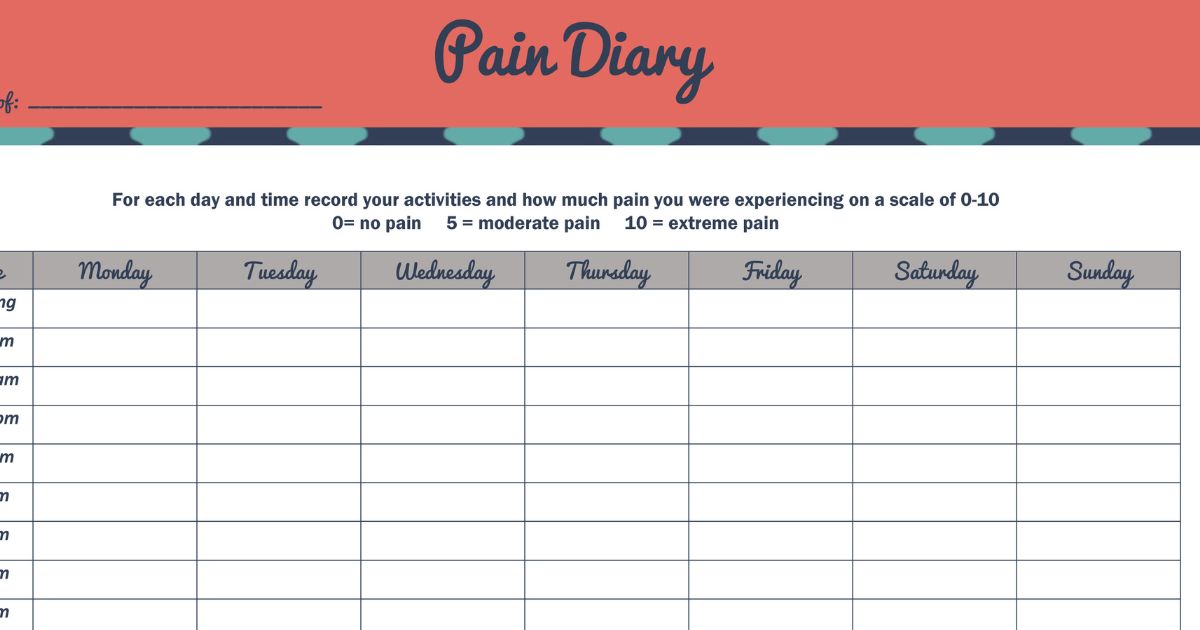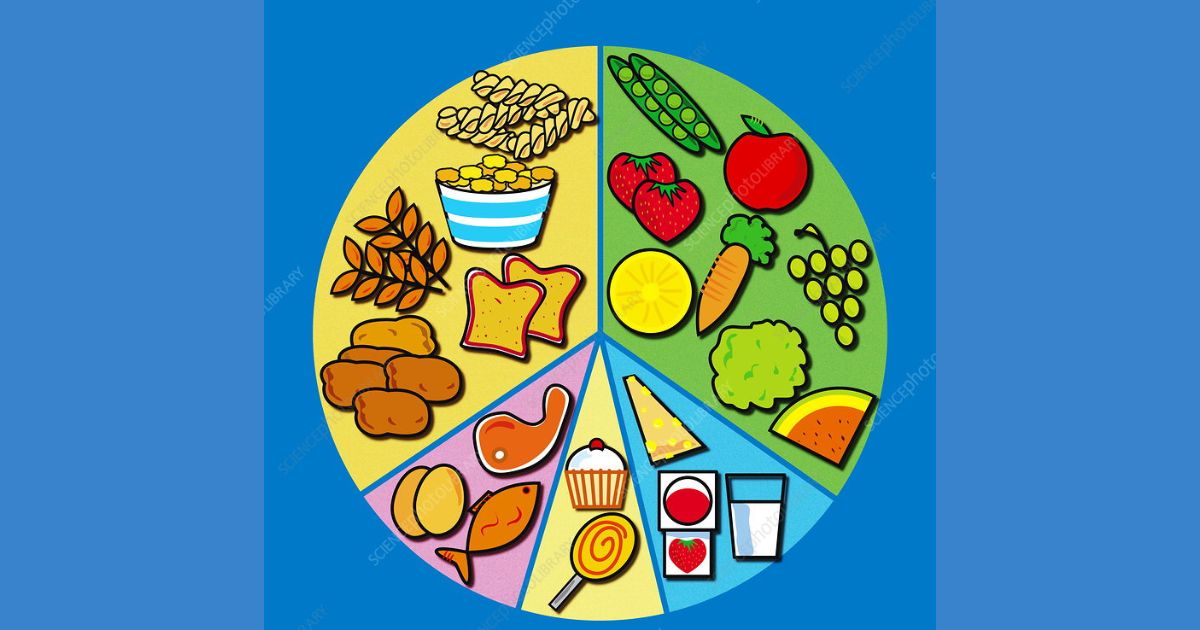In a bustling city like Mumbai, where the demands of urban life can often lead to chronic anxiety, a unique and transformative method has emerged in the realm of mental health management. Dr. Sagar Mundada, a psychiatrist, introduced a 35-year-old woman to an unconventional yet powerful approach known as a “pain diary,” showcasing the potential of creative expression in navigating emotional struggles.
Understanding the Concept of a Pain Diary
The innovative pain diary involves using colors and strokes to depict emotions and moods on a canvas, providing a visual representation of one’s emotional landscape. This creative expression method offers respite to individuals, acting as a safe haven where complex emotions find an outlet when verbal expression falls short. Dr. Mundada emphasizes the transformative power of this approach, highlighting its role in fostering self-awareness and self-control.
Pain Diaries in Mental Health Management
While traditionally associated with documenting physical pain, the pain diary takes on a new meaning within the context of mental health. It becomes a tool for managing emotional well-being, offering individuals a means to express and understand their complex emotions.
Dr. Mundada points out that consistent entries in the pain diary reveal patterns and valuable insights into emotional struggles, providing a foundation for self-awareness.
Role of Pain Diaries in Mental Health Conditions
Recording emotional distress in a pain diary proves beneficial in managing various mental health conditions, including depression, anxiety, and post-traumatic stress disorder (PTSD). The act of documenting pain becomes a form of self-care, contributing to an individual’s ability to manage their state of mind effectively.
Contributing to Self-Awareness through Record-Keeping
The process of recording emotional distress in a diary involves reflecting on personal experiences, leading to increased self-awareness. Over time, these entries become a pattern that individuals can analyze to gain insights into mental health factors. Dr. Mundada underscores the importance of self-awareness, as it enables individuals to make informed choices about their mental health and seek support when needed.
Starting a Pain Diary for Mental Health: Tips for Success
For those considering starting a pain diary for mental health, Dr. Mundada offers valuable tips for success:
- Honesty and Openness: Being non-judgmental is crucial, providing individuals with a personal tool where they can express their thoughts and feelings without fear.
- Consistency is Key: Regular recording of thoughts and emotions allows for a comprehensive view of mental health, tracking changes over time and observing the evolution of emotional states.
- Use it as a Tool for Growth: A pain diary is not just a documentation of sorrow but a device for personal growth. Reflecting on each entry helps identify areas of improvement and acknowledge progress made in emotional management.
A Canvas for Healing
Amidst Mumbai’s bustling metropolis, the story of a woman finding healing through paint strokes in her pain diary showcases the effectiveness of this innovative approach. Dr. Mundada’s creative idea allowed the woman to discover herself better and gain control over her emotions. The pain diary, once associated primarily with physical health, has now surfaced as an effective tool for managing mental health, surpassing conventional methods by offering individuals creative and non-linguistic means of navigating their feelings.
Paving the Way for Unconventional Mental Health Approaches
The pain diary is a testament to the potential of unconventional approaches in the realm of mental health. As creative expression takes center stage, it opens new avenues for individuals to explore and understand their emotions.
Dr. Mundada’s innovative method serves as a beacon, highlighting the transformative power of art in managing mental health challenges. This news report sheds light on the evolving landscape of mental health care, where creativity becomes a valuable tool in fostering emotional well-being.








Leave a Reply
You must be logged in to post a comment.